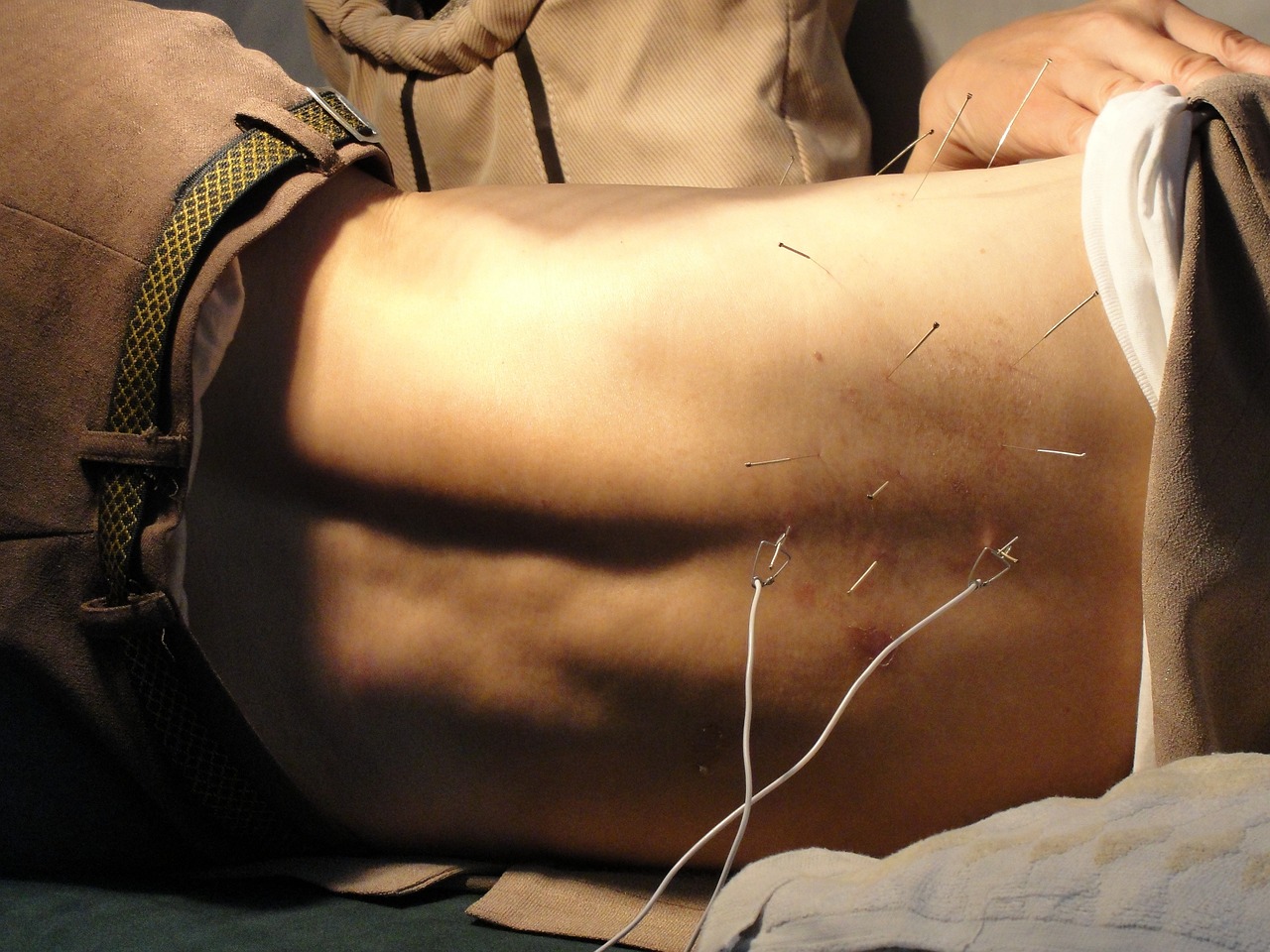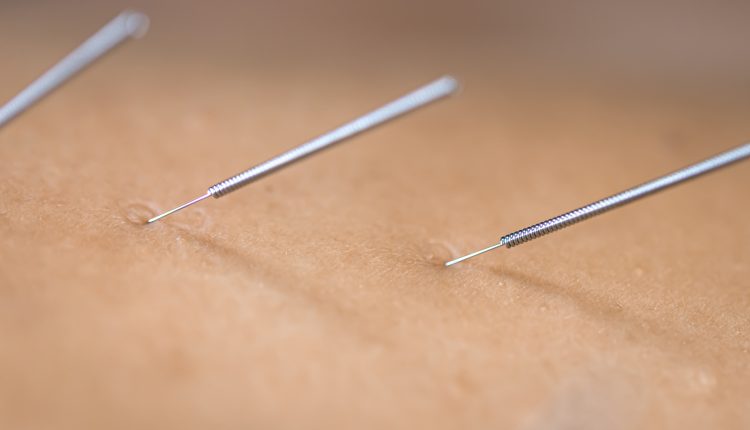GUA SHA: A TRADITIONAL HEALING TECHNIQUE

The past few years has seen a steady rise in popularity of TCM (Traditional Chinese Medicine). You’ve probably know Chinese reflexology and acupuncture, but one healing practice you may never have heard of is called “gua sha.” Sometimes called “coining” or “spooning” by Westerners, the process involves scraping the surface of the skin in order to detoxify and refresh the body. Although still relatively unknown in the West, gua sha is quite popular in Asia since it’s so easy, and the results are so quick and amazing.
Traditional Chinese Medicine believes that muscle soreness and other injuries are essentially blockages of both blood and qi. Whether you believe in the concept of qi or not, it’s no mystery that when you suffer from muscle soreness, rubbing the area to increase blood flow will help relieve the pain. That’s the basic idea. Gua sha starts with a warm bath or sauna, and then, after applying massage oils, your masseuse will run a special scraping tool over the affected area (or, for home, use a simple spoon). The Chinese say this unblocks qi, and medical science explains this as an expulsion of metabolic waste built up in congested tissue and muscles. The scraping works like an extreme form of exfoliation, and will leave behind marks and redness – but don’t worry, these will fade within a few days of the treatment.
So what exactly can Chinese gua sha help you with?
1) Tired Muscles
Anyone who’s had a hard work out knows the dreaded feeling that sets in the next day – DOMS – or Delayed Onset Muscle Soreness. Especially when trying to get back in to shape after a long break, the dreaded DOMS is a nearly inevitable by product of exercise. To counteract this extreme muscle soreness, follow a tough work out with plenty of stretching, water, and a session of gua sha – rid your body of all that lactic acid, and make room for new muscle to build! Gua sha is great for any kind of muscle soreness, stiffness, or fatigue.
2) Head colds
Upper respiratory illnesses afflict us all at one time or another – usually in the cold of winter – so what better way to treat a cold than with a hot bath or sauna followed by gua sha? Your masseuse will run the scraping tool over your upper back, neck and shoulders to relieve congestion and expel fluids built up in your chest – and you’ll experience the relief almost immediately afterwards!
3) PMS
Since gua sha is such an ideal treatment for sore muscles, it’s also ideal for those monthly menstrual aches and pains. By following the principles of reflexology, your masseuse will scrape different parts of the body to relieve soreness in your lower abdomen.
Scraping therapy ( gua sha therapy ) originated as a folk medicinal technique, and has a very long history. In Effective Formulas Handed Down for Generations, written in 1337 by Wei Yilin, a physician of the Yuan Dynasty, it says, “With wet hemp scrape the surface of the neck, elbow, knee and wrist until there is miliary cutaneous bleeding. Cover the body with thick clothes and quilts. Then, administer oral¬ly a little rice porridge or decoction of Chinese green onion and fer¬mented soybean, or fresh Chinese onion tea. After sweating, the ill¬ness will be healed. This is an effective method of loosening and relaxing the skin. “
The book is a systematic account of scraping therapy. The technique is to scrape the surface (skin) of certain parts of the body to loosen the pores in order to get rid of pathological evils for the purpose of treatment.
After scraping, there should be miliary bleeding under the skin in different degrees. Scraping therapy used as a folk medicine technique without systematic theoretical foundation is mainly applied in the case of common colds, fever, heat¬stroke, acute enterogastritis, and pain in the shoulder, back, legs, etc.
The gua sha tools are materials with smooth edges, such as chinaware, silver coins, bamboo plates, jade tool and buffalo horn, lubricated with water, alcohol and vegetable oil.
However, along with the development of modern medical science and accumulation of medical knowledge, this ancient folk medicine technique was gradually forgotten, except in rural ar¬eas where modem medical care was lacking. There it was still used to relieve uncomplicated ailments.
But while people in modern times are enjoying the comforts of civilization and good health brought about by high techniques and new medical skills, they are experiencing damage caused by environ¬mental pollution, ecological imbalance and the side-effects of chemi¬cal drugs.
According to a report from the Adverse Drug Reaction Monitoring Center of China’ s Health Ministry, in recent years among hospitalized patients there have been up to 192,000 deaths each year because of adverse drug reactions. Drug-induced deaths are ten times the number of deaths due to infectious diseases.
All these things bring about a new crisis in medical treatment. People are re¬alizing that the more advanced the techniques are, the more serious the crisis will be. It therefore forces medical workers to search for natural methods from traditional medicine as the new medical thera¬pies. In this connection, scraping therapy (gua sha therapy) is being welcomed more and more because of its obvious effectiveness, no side-effects, low cost and simple application.
Traditional Chinese Medicine (TCM) is the epitome of Chinese culture. For 5,000 years it has served the Chinese people, and its use has spread all over the world. Today, more people than ever practice TCM to treat a wide range of health conditions.
The premise of TCM is that illness is caused by a blockage of energy flow so treatments are aimed at removing the blockage. TCM includes the following treatment modalities—
Acupuncture
Based on the belief that energy flows through living things along pathways called meridians. Each organ system has a meridian. Needles are inserted at points on these meridians to balance the flow of energy and restore health. A wide variety of health problems can be helped by acupuncture.
Auriculotherapy
Points on the outer ear correspond to parts of the body. By stimulating these points on the auricle or outer portion of the ear, you can treat the body. Dieters and substance abusers have claimed success with auriculotherapy.
Herbal Medicine
Herbal medicine is the most common form of TCM. Approximately 1,000 plants and animals are used to make 500 common prescriptions. Preparations combine 5-15 ingredients to make a tea or capsule. The ingredients and amounts are altered to fit a patient’s condition.
Cupping
Rounded cups are warmed and placed upside down on the back. The cups create suction that holds them to the skin which in turn boosts circulation. It is said to stimulate ‘qi’ — energy flow. Cupping is used for pain relief, depression, and inflammation.
Gua Sha
Sometimes called scraping therapy, Gua Sha is the practice of scraping the back, neck, shoulders, or chest with a flat, rounded tool. The red marks that surface are ‘sha’ which is said to be cellular debris — lymph, blood cells, etc. — trapped in the tissue. Gua sha is used for pain relief especially for those who store stress in the back and shoulders.
Moxibustion
Often used to treat back pain, menstrual cramps, or digestive troubles. In moxibustion the herbs mugwort or wormwood are burned on top of the acupuncture needle to help restore the flow of energy.
Tui Na
In this form of massage, the client wears loose clothing and no shoes. Sometimes herbal preparations may be applied. Tui na is not a ‘feel good’ type of massage, but aims to get restore movement to frozen joints. Students practice on bags of sand and rice to strengthen their hands before working with a person.
While TCM is practiced routinely in China, in other countries it is considered a complementary or alternative health practice. Nevertheless, statistics from the American Association of Acupuncture and Oriental Medicine show Americans increasingly use this form of treatment.
Tui Na (pronounced ‘twee nar’, and sometimes known as ‘anmo’) is ancient form of Chinese Massage. It forms one of the main branches of Chinese medicine alongside acupuncture, herbalism, taiji/qigong and nutrition. It is still quite uncommon in the West, yet in China it is considered an important therapy, and can be found in most Chinese hospitals. It is around 3000 years old, and many modern massage styles such as Swedish massage and Shiatsu are derived from it.
Tui Na is unlike any other kind of massage both in theory and practice. Therapists work with both the physical body and the energetic body; They use what you would recognise as massage techniques to ease the knots and tension out of muscles, and at the same time work with the meridians (channels) and acupoints to regulate and balance the flow of energy (Qi) in the same way as in acupuncture. This means that there are a range of ‘acupressure’ techniques in Tui Na, and sometimes it is called ‘acupressure massage’, although that term is also used for less sophisticated acupressure routines which lack the underlying theories and understanding of Tui Na.
Tui Na can be broadly divided into Yin and Yang styles. The Yin Style is a very gentle healing practice using light touch. It regulates and balances the energy (Qi), clearing stagnation from the meridians and strengthening organ function. It is a deeply calming and relaxing treatment.
The Yang style is a more physical treatment that uses deep penetrating techniques to break down muscular knots and tension. It is extremely effective on tight and stiff muscles, but without being painful as some deep massages can be.
In actual fact, the skilled practitioner will use both Yin and Yang techniques as required, and most treatments are somewhere between the 2 extremes. There are no set routines, and treatments are always tailored to each person depending on individual needs.
Tui Na includes the same detailed diagnostic methods and complex understanding of the body and mind as Acupuncture and other branches of Chinese medicine. This is what marks it as separate from most other massage. In Tui Na, the therapy is inseparable from the theory.
This makes this kind fo treatment suitable for far more than just muscular problems, in fact it can be successfully used for a wide range of ‘internal’ conditions including respiratory, circulatory, digestive, psycho-emotional and hormonal problems to name a few. It is also of great benefit in maintaining health and dealing with stress.
A Tui Na Treament
To begin with you will be given a full Chinese Diagnosis before treatment, just as you would if you were receiving acupuncture. The practitioner will ask you about your complaint and your general health, and will look at your tongue and take your pulse.
The treatment itself will be tailored to your individual circumstances, and is normally performed over clothing. Sometimes you may be asked to remove some of your clothing if oil is to be used.
Even when strong techniques are used the practitioner uses cues from your body to determine the correct strength of the techniques – nothing should be unduly painful. In some cases only very light and gentle techniques will be used, but these can be just as effective.


Comments are closed.